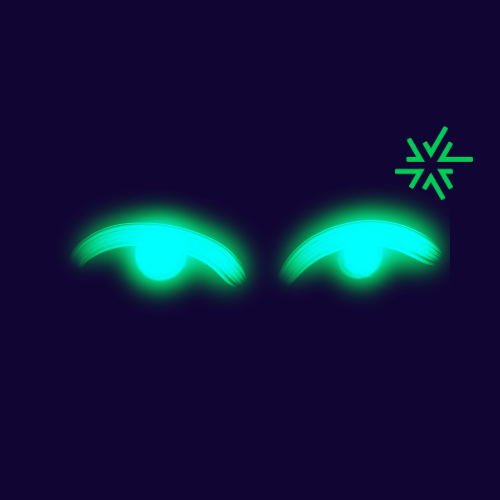Are LEDs harmful to the eyes?
LEDs are the ideal alternative to the energy-wasting light bulb and the polluting and rather unsightly energy-saving or halogen lamp. Or are they not?

After they took the market by storm, of course, there was a hail of criticism. "LED lamps carry the risk of photochemical damage to the retina," has been echoing through the media for about a year.
But what is really going on?
The proportion of blue light emitted by LED lamps is the subject of criticism. For technical reasons, LEDs cannot produce "white" light. Similar to the sun, they make use of various spectral colours, including blue.
And this seems to be the problem: blue light is rich in energy and can therefore negatively affect light-sensitive biological structures such as the retina. It is questionable whether LED light can actually be unhealthy to such an extent. After all, humans have been operating successfully in daylight for more than 2 million years.
Nevertheless, in order to adequately warn of the dangers of blue light, various articles refer to the results of a study. For this study, the researchers chose rats as test animals.
Firstly, it is questionable to what extent the eyes of animals can be compared with those of humans. Secondly, the scientists exposed the rats to far too strong light for days. But we humans do not use LED lighting in this way.
The first LED generations certainly contribute to the bad image. With a color temperature of 4,000 Kelvin (K) and more, these produced cold white light, which certainly did not make for a cozy environment. Add to this the flickering caused by the still new technology and the headache was pre-programmed.
Modern, high-quality LEDs are now state of the art. They not only provide warm white light (≤ 2,700 K), which we know from the often sorely missed light bulb. In the meantime, all colour spectra can be purchased flicker-free. This means that LEDs can be used for almost any purpose - from practical lighting for any workplace to a cosy and decorative light source for the home.
Doesn't all sound so bad, does it?
And Germany wouldn't be Germany if everything wasn't standardized.
The photobiological safety of luminaires and lighting systems is governed by DIN EN 62471, which distinguishes between four risk groups from "free" to "high". The Swiss Federal Institute of Metrology tested the blue light exposure of LED luminaires at different distances using even stricter measurement criteria than those specified in this standard. The result was that all the lamps tested belong to the free, or maximum, risk group one. This means that they can be used between 100 and 10,000 seconds of direct exposure without risk. And nobody really looks into a lamp for that long!
So there's no reason to worry as long as you don't put a theater spotlight in your home or office. And there are such nice alternatives to those...
